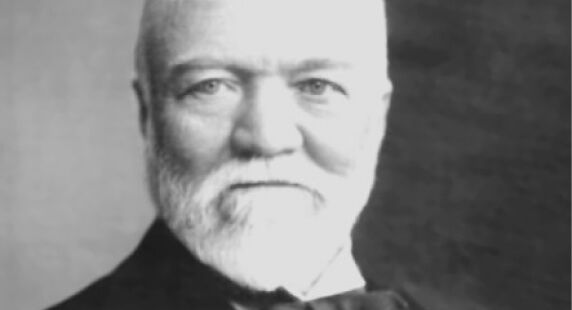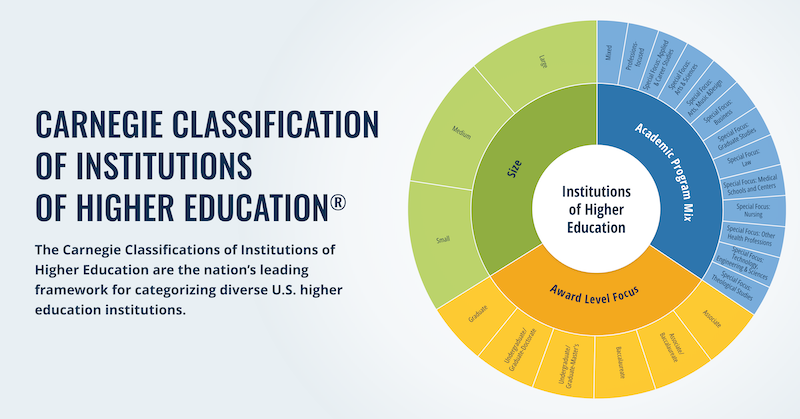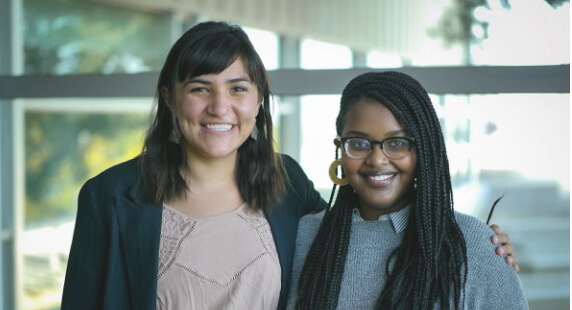Using Improvement Science to Accelerate Learning and Address Problems of Practice
Carnegie advocates for the use of improvement science to accelerate how a field learns to improve. Improvement science deploys rapid tests of change to guide the development, revision and continued fine-tuning of new tools, processes, work roles and relationships.
Improvement science is explicitly designed to accelerate learning-by-doing. It's a more user-centered and problem-centered approached to improving teaching and learning.
As the improvement process advances, previously invisible problems often emerge and improvement activities may need to tack in new directions. The objective here is quite different from the traditional pilot program that seeks to offer a proof of concept. Improvement research, in contrast, is a focused learning journey. The overall goal is to develop the necessary know-how for a reform idea ultimately to spread faster and more effectively. Since improvement research is an iterative process often extending over considerable periods of time, it is also referred to as continuous improvement.
Organizing for Improvement through Networked Improvement Communities
Carnegie believes that the most effective and efficient way to organize improvement efforts is through networked improvement communities (NICs), a colleagueship of expertise building on the hard work and creativity of many.
These are intentionally designed social organizations, each with a distinct problem-solving focus.
As formal organizations, NICs have roles, responsibilities, and norms for membership. They maintain narratives that exemplify what they are about and why it is important to affiliate with them. A NIC is:
- focused on a well-specified common aim;
- guided by a deep understanding of the problem, the system that produces it, and a shared working theory to improve it;
- disciplined by the methods of improvement research to develop, test, and refine interventions; and
- organized to accelerate interventions into the field and to effectively integrate them into varied educational contexts.
Taken together, these features frame the NIC as a scientific learning community.











